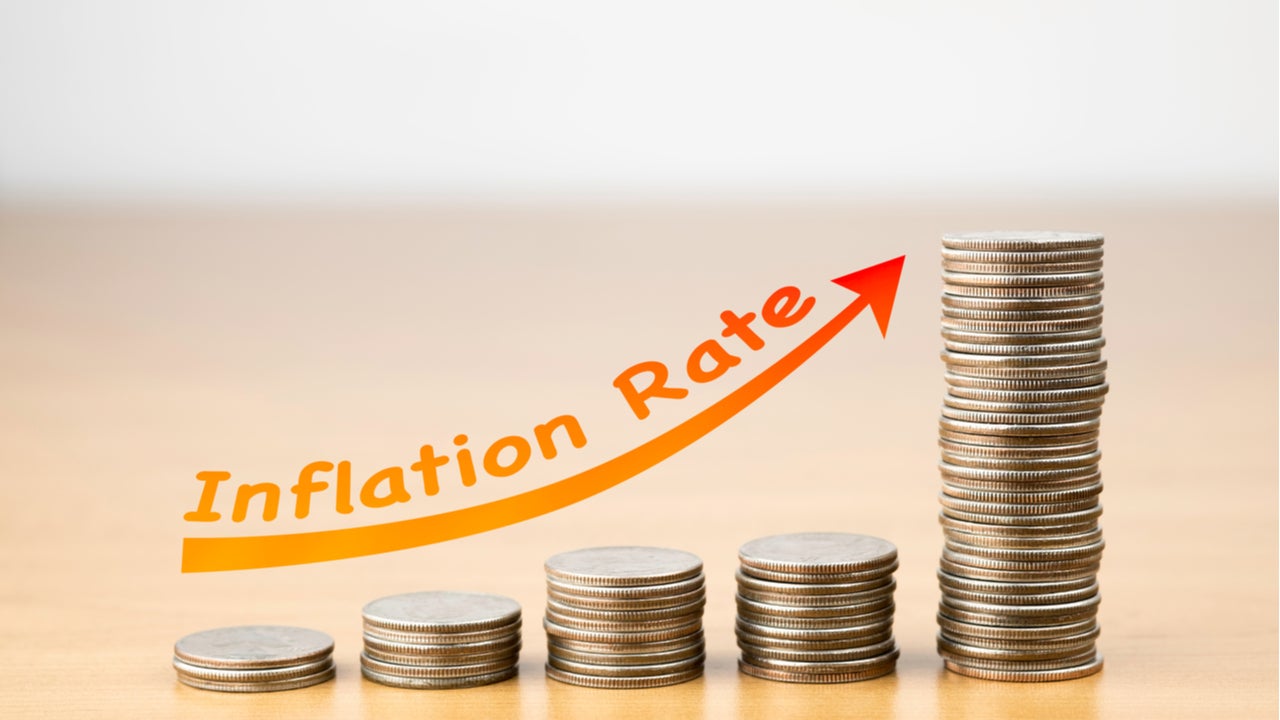Experts opine that inflation in the US is expected to ease next year, although some of the issues caused by the coronavirus pandemic will not disappear soon.
Roberto Perli
Roberto Perli, founding partner and head of global policy research at Cornerstone Macro, an independent research firm, shared an article on views expressed by president of the New York Federal Reserve John Williams on inflation in the US expected to taper next year. Inflation in the US is currently averaging at 4.2% signalling the need for the Federal Reserve to end its $120bn a month bond purchase programme.
How well do you really know your competitors?
Access the most comprehensive Company Profiles on the market, powered by GlobalData. Save hours of research. Gain competitive edge.

Thank you!
Your download email will arrive shortly
Not ready to buy yet? Download a free sample
We are confident about the unique quality of our Company Profiles. However, we want you to make the most beneficial decision for your business, so we offer a free sample that you can download by submitting the below form
By GlobalDataWilliams noted that the pandemic has caused a number of disruptions in the US economy including labour shortage and supply chain issues, which are the major causes of inflation in the country. He noted that inflation will ease as the disruptions caused by the pandemic disappear and business operations return to normal. The adjustment in inflation is expected to take at least another year, he added.
The Federal Reserve has been able to meet its goal of raising inflation levels but still needs to address the rising unemployment rate in the US. The unemployment rate in the US was estimated at 5.2% in August, although the true rate of unemployment could be much higher, Williams stated.
Good speech by NY #Fed Williams pushing back against early hikes.
Williams: "Long way to go until max employment"
Translation: No way we hike in '22.Williams: "I expect inflation to come back to 2% next year."
Translation: Maybe (maybe) we hike in '23.https://t.co/jv55KgeHNf— Roberto Perli (@R_Perli) September 27, 2021
Daniel Lacalle
Daniel Lacalle, chief investment officer at Tressis Gestión SGIIC, an asset management services provider, shared an article on the rising energy crisis in China. Authorities are resorting to rationing of electricity usage due to rise in energy prices and low electricity supply. Coal shortage in the northern part of China and low hydropower in the southern part are the main reasons for the shortage of electricity.
The southern region includes manufacturing hubs such as Guangdong, which have been suffering from power shortages since June due to decline in hydropower. The Yunnan province supplies the majority of the hydropower for the southern region but the province has been facing issues such as drained reservoirs and a rise in local power supply demand. China’s push towards decarbonising its economy led several of its industries to shift to the southern region to take advantage of hydropower. The increased presence of manufacturing companies in the region has led to high competition for green energy.
China’s northern region is heavily dependent on coal-fired power plants to meet its electricity demand, which has made it difficult for the country to meet its emissions goal. The rise in coal and gas prices due to resurgence of demand post pandemic have forced power companies to pass on the costs to consumers.
China.
Unlit streets, no AC, and higher bills: China’s energy crisis is finally hitting households where it hurts.https://t.co/Qjfx6M3uAT
— Daniel Lacalle (@dlacalle_IA) September 27, 2021
Andrew Sentance
Andrew Sentence, senior adviser at Cambridge Econometrics, an economics consultancy, shared an article on the fuel crisis in the UK. The Petrol Retailers Association representing 5,500 filling stations in the UK issued a warning that their outlets were almost out of fuel. Petroleum companies including BP and Shell, however, have given assurances that sufficient fuel is available at refineries and have urged people to avoid panic buying.
Government officials have been quick to blame people for hoarding fuel, but have failed to address the root cause of the crisis caused by a shortage in heavy goods vehicle (HGV) drivers. Officials were also considering calling in the Army to drive tankers to forecourts although they hope the situation will resolve itself. The shortage of HGV drivers has impacted not just the fuel supply chain but also a number of other sectors including supermarkets and fast food chains.
The UK is estimated to have lost 72,000 HGV drivers between Q2 2019 and Q2 2021 mainly due to the return of the drivers to the European Union after Brexit. In addition, the coronavirus pandemic caused disruptions in testing for HGV drivers, which made it difficult to replace the lost drivers. Experts opine that Brexit was a major reason behind the HGV shortage although government officials have denied this. The recent announcement by the government to allow temporary visas for 5,000 HGV drivers is being considered as a short-term solution to the crisis. Good pay, working conditions and other amenities will be key to retaining drivers, the article noted.
https://twitter.com/asentance/status/1442509464620257286






Related Company Profiles
Shell
Cornerstone Macro LLC
BP Plc
Cambridge Econometrics